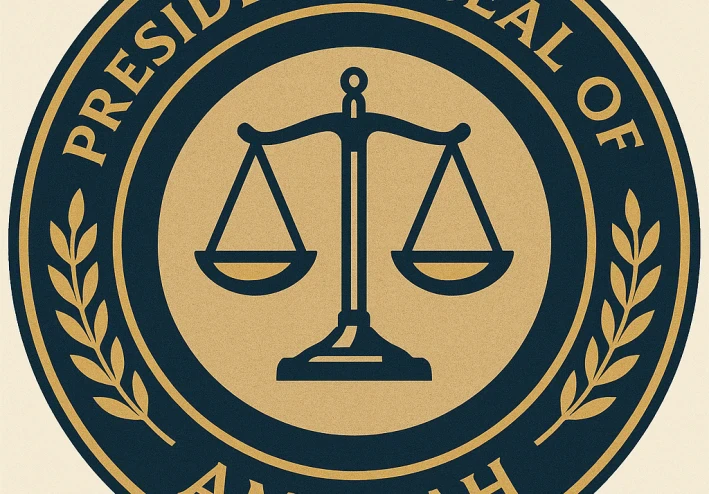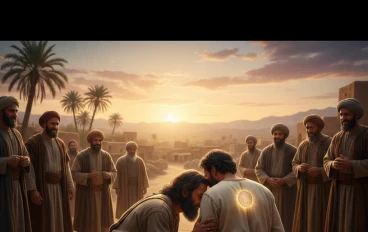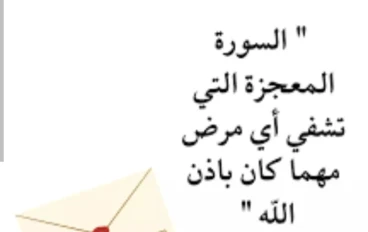
The President's Seal of Amanah
Dawn of a Promise
When President Sa'id al-Nur took the oath beneath the mosque's cool marble and the city’s mosaic of calls to prayer, he spoke not only of growth and order but of a rarer demand: the restoration of amanah — trust. The nation had grown weary from promises that bore no weight and from institutions whose records were neat on paper but hollow at the edges. The president understood that law alone would not heal a fractured bond between ruler and people; what was required was a deliberate culture of quality accountability, forged with humility, transparency, and methods unlike any that had come before in the land.
An Uncommon Blueprint
Sa'id did not bring only auditors and decrees; he opened a council room to scholars, engineers, nurses, teachers, and street vendors. He asked for inspection models that would expose not only error and fraud but the small mismatches between policy and daily life. From these gatherings emerged a new architecture called the Seal of Amanah: a presidential program combining technical audits, restorative inspections, and community-led witness panels. The inspections were presidential in origin and methodical in execution, but they were also intentionally human — designed to learn, repair, and prevent rather than merely to punish.
The New Inspections — Unique and Exclusive
The Seal introduced several exclusive inspection forms that became its signature. Lantern Audits sent small teams to live for two nights inside the neighborhoods they would evaluate — sleeping where the people slept, queuing where the people queued — so that metrics would carry the texture of reality. Mirror Sessions required each ministry to read aloud a plain-language ledger of decisions and expenditures in a public hall, with both experts and ordinary citizens allowed to annotate and demand clarifications on the spot. There were Mobile Witness Units: rotating panels composed of an imam, a teacher, a mechanic, and two citizens selected by lottery; their verdicts blended technical standards with moral accountability. Finally, the Seal awarded a visible "Trust Stamp" — a rounded emblem placed outside service offices and digital portals only after an agency passed both technical inspections and community validation.
The Health Ministry That Listened
One of the earliest and most telling applications came in the Ministry of Public Health. Hospitals showed good equipment inventories on paper, but Lantern Audits revealed that procurement delays and a chain of casual favors left clinics short of essential medicines in quiet corners of the country. Inspectors slept in the nurses' quarters, followed night shifts, and mapped the informal favors that diverted supplies. Mirror Sessions invited citizens to testify about days when medicine was absent and when small bribes had smoothed appointments. Instead of immediate firings, the Seal’s process demanded root-cause corrections: new chains of custody for supplies, transparent electronic logs accessible to neighborhood committees, compensations for those harmed, and mandatory ethics rotations for procurement officers. The Trust Stamp was returned only after the ministry accepted independent monitors for one hospital cycle and after community panels confirmed the changes.
Presidential Accountability in Practice
President Sa'id never treated the Seal as a PR ornament. He made himself available when inspections turned up institutional failures: he met with affected families, listened without defense, and signed corrective legislation that protected whistleblowers and mandated citizen auditors. He convened the Council of Sincere Witnesses — a rotating oversight body of jurists, civic leaders, and technical auditors — which reported directly to the presidency and published its findings openly. When the Council found systemic lapses, the response combined sanctions, training, and restitution; when it found exemplary service, it awarded resources and public praise. The model was presidential in sponsorship but popular in participation: legitimacy grew because people saw their voices count.
The Quiet Work of Repair and the Public Turnaround
Within two years, the language of public service changed. Clinics reopened with reliable supplies, urban repair projects finished with fewer cost overruns, and school headmasters kept transparent registers that the community could consult. Most important was the cultural shift: officials learned to expect visits that were not merely formal; citizens learned that raising a hand could bring real redress rather than danger. Trust, once thin as a reed, thickened into a working artery between ruler and ruled. The Seal’s exclusive inspections — lanterned nights, mirrored ledgers, witness panels — became not a spectacle but a discipline woven into everyday governance.





































